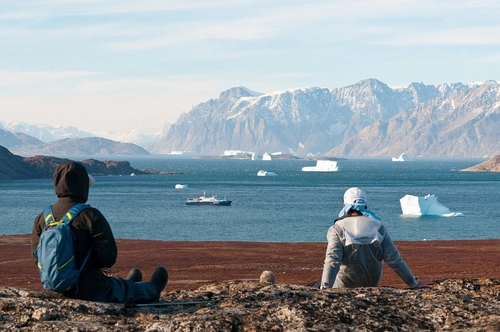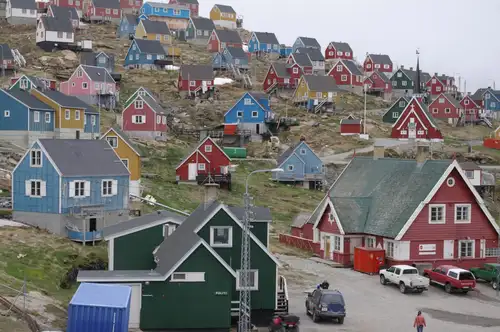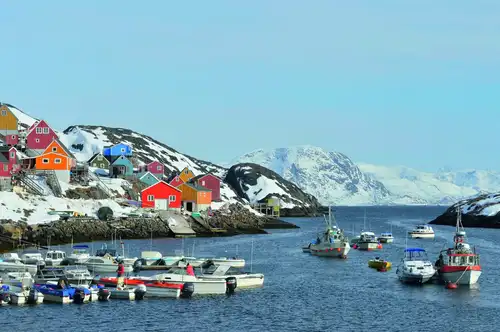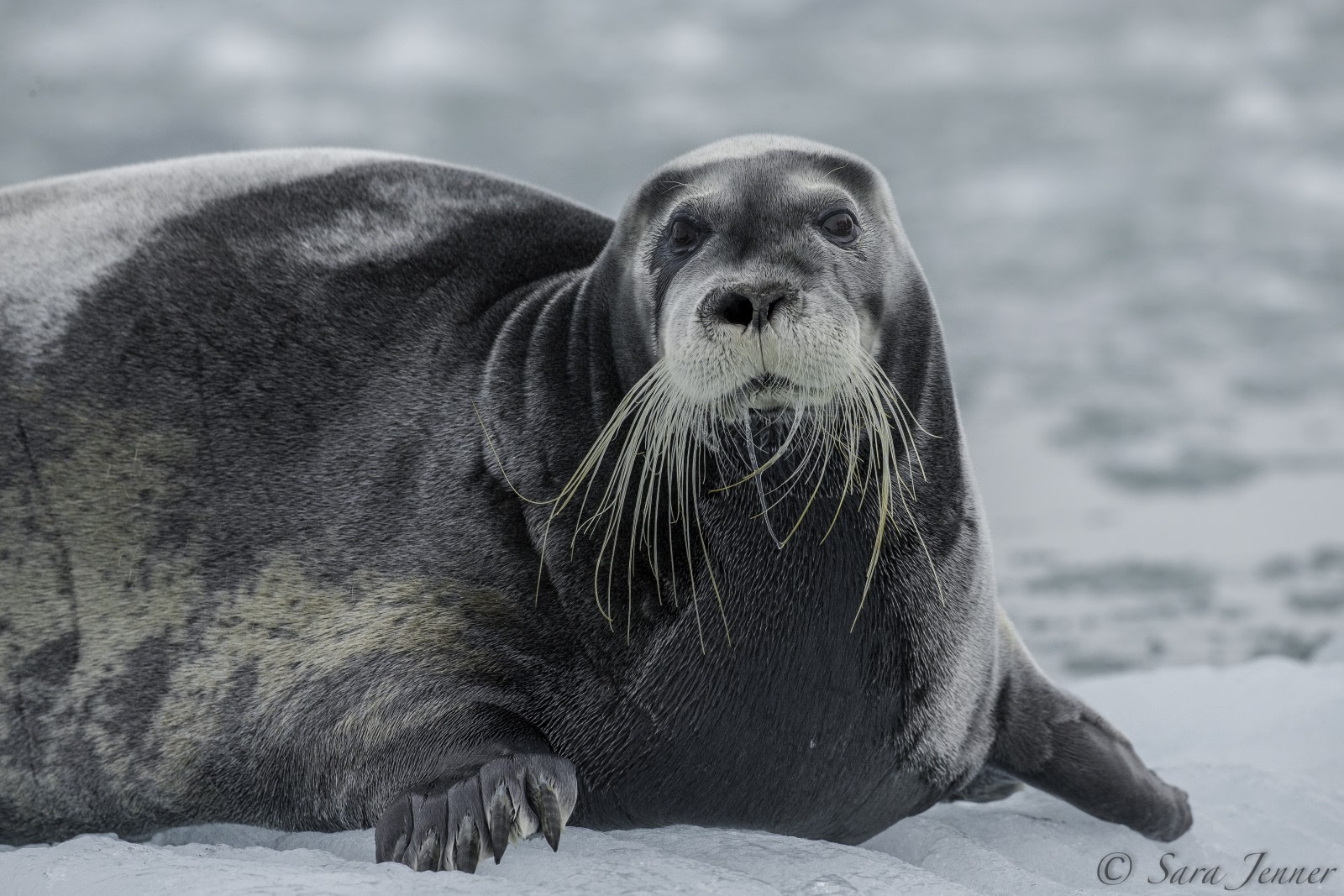Name: Bearded Seal, Square Flipper Seal (Erignathus barbatus)
Length: 2 to 3 metres.
Weight: 200 to 450 kg, females being larger.
Location: Arctic Ocean.
Conservation status: Least Concern.
Diet: Fish, clams, squid, octopi.
Appearance: Dark grey or greyish-brown, distinguished by their whiskers. They have small heads, large bodies, and square fore-flippers.
How do Bearded Seals feed?
Bearded Seals are benthic feeders, foraging along the ocean floor. Adults stay in shallow bays, while juveniles may dive up to 450 metres in deeper waters.

Are Bearded Seals social?
Bearded Seals are generally solitary animals.
What are Bearded Seal birthing rituals like?
Mating season occurs right after birthing season. Males often return to the same territory annually, singing to attract females or ward off rivals. Bearded Seals use delayed implantation, with a two-month delay before the embryo starts developing, leading to a nine-month active pregnancy. Pups are born in April or May on ice floes, weigh about 35 kg, and enter the water shortly after birth. They stay with their mothers for 2-3 weeks, gaining over 3 kg per day, reaching around 100 kg by weaning.

How long do Bearded Seals live?
Bearded Seals live about 25 years in the wild.

How many Bearded Seals are there today?
No recent population counts exist; estimates from the 1970s and 80s place the population around 750,000.
Do Bearded Seals have any natural predators?
They are preyed upon by Polar Bears and Killer Whales, with pups occasionally taken by Walruses.
7 Bountiful Bearded Seal Facts
- The name erignathus comes from Greek words meaning "heavy jaw," and barbatus refers to their whiskers.
- Bearded Seals are part of the "true seal" or "earless" seal family.
- Inuit highly valued their tough skin for making various items like shoes, boat covers, and tents.
- They are the largest of the Arctic seals.
- A male's song can be heard up to 20 km away.
- Bearded Seals avoid areas above 80°N despite being Arctic animals.
- They have 4 nipples, a feature shared only with Monk Seals.






Related Trips



How and When Did Greenland Become Covered in Ice?

Five Birds You Might See on Your Greenland Cruise

Tracking Greenland’s Wildlife from Space

Svalbard’s 12 Most Iconic Animals

Scoresby Sund: the Greatest Greenland Adventure

Harp seals harping on in Greenland

Why You Should Visit Greenland: 11 Things to See, Do, and Explore

The World Is Changing for Greenland's Native Inuit People

Seizing the Season: Spitsbergen’s Late Spring, Early Summer

Northeast Greenland National Park

Arctic Seals

10 Traits of Post-Ice-Age Greenland

The bowhead whale, whaling about the Arctic

5 Misconceptions You Might Have About Greenland

Under the Greenland Ice Sheet

Six Seal Species You Might See On Your Greenland Cruise

Discover the Scoresby Sund Fjord System in East Greenland

Ice streams and lakes under the Greenland Ice Sheet

Amazing Greenland






 20 Days / 19 Nights
20 Days / 19 Nights
